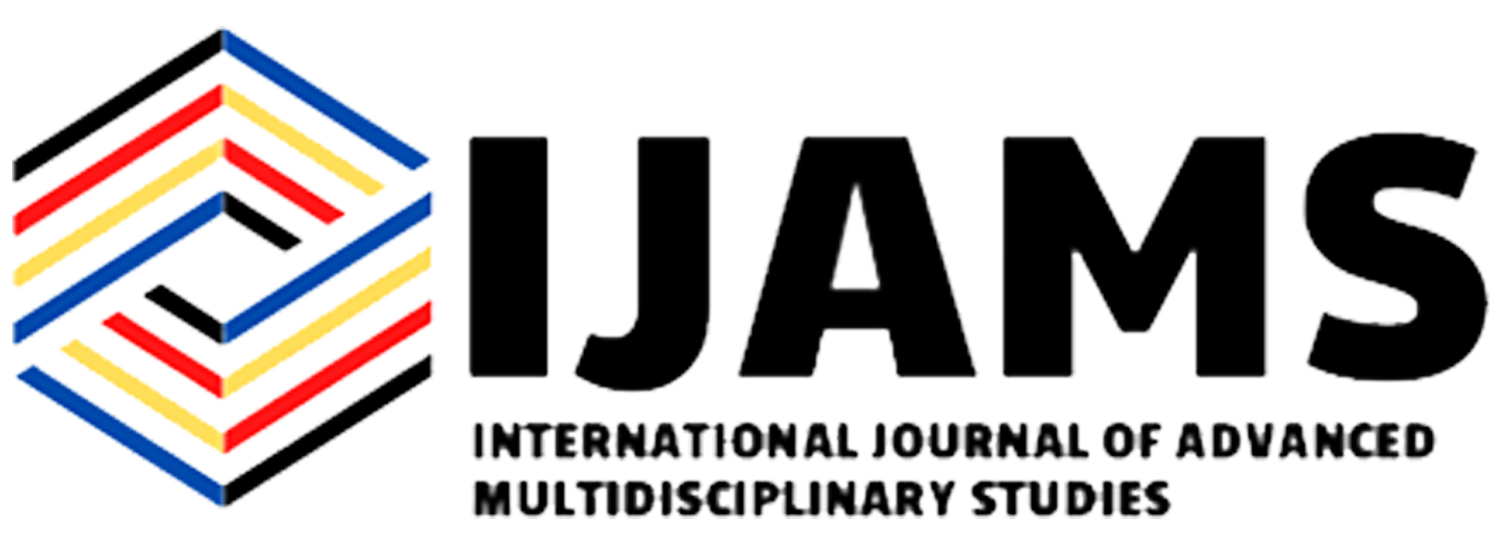ISSN: 2782-893X
eISSN: 2799-0664
 ISSN: 2782- 893X
ISSN: 2782- 893X


— This research focused on the traffic management system along and within the vicinity of Northwest Samar State University following the identification of a traffic problem in the area based on a traffic map of Calbayog City. It covered traffic counting through recorded video, and traffic measures simulated using a traffic simulation tool called Simulation of Urban Mobility (SUMo) with a goal of improving traffic flow in the area. An experimental research design was employed to assess traffic interventions such as a one-way lane configuration along Cajurao Street, a static traffic light system (TLS) at the Cajurao-Gomez intersection, and their combination—on dependent variables such as time loss and waiting time. Results revealed that peak hours occur during the arrival and departure of students and employees. Furthermore, simulation results showed that implementing a one-way, two-lane configuration along Cajurao Street reduced the time loss and waiting time of the traffic network. However, implementation of a static traffic light system at the Cajurao-Gomez intersection simulated the highest waiting time and time loss for the network. The simulation results also showed that the baseline scenario led to better performance in terms of emission and fuel consumption. Implementation of a static traffic light system at the Cajurao-Gomez intersection led to the highest emissions. The one-way lane configuration on Cajurao Street usually resulted in the lowest emissions for several pollutants on early weekdays. The combined intervention of a one-way lane configuration and a static traffic light system increased emissions compared to the one-way street configuration alone, especially at the end of the week. Lastly, the implementation of a one-way, two-lane configuration along Cajurao Street may be done to improve the traffic flow in the area. Keywords — SUMO, traffic, simulation, one-way, emission